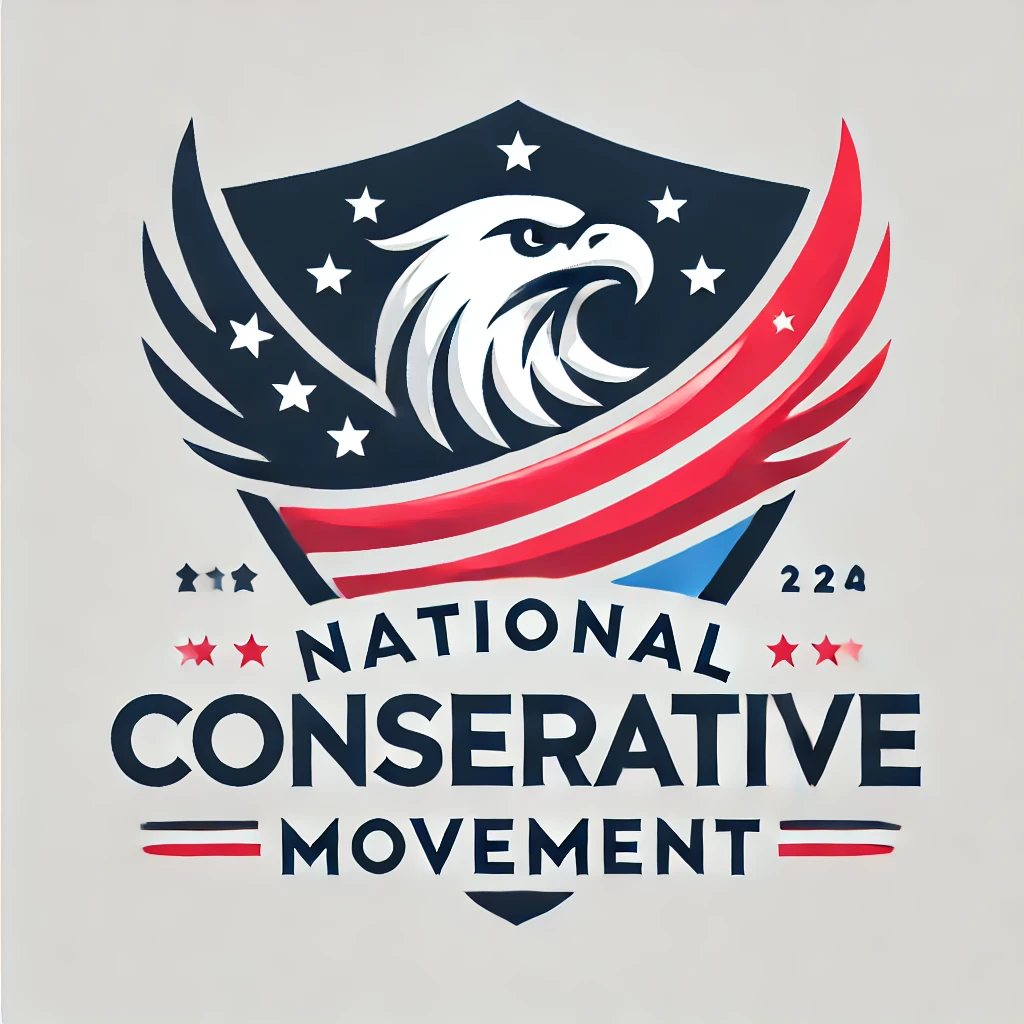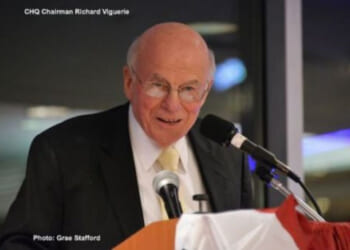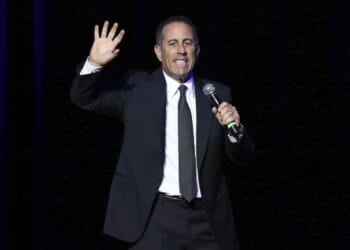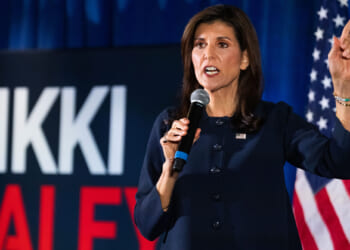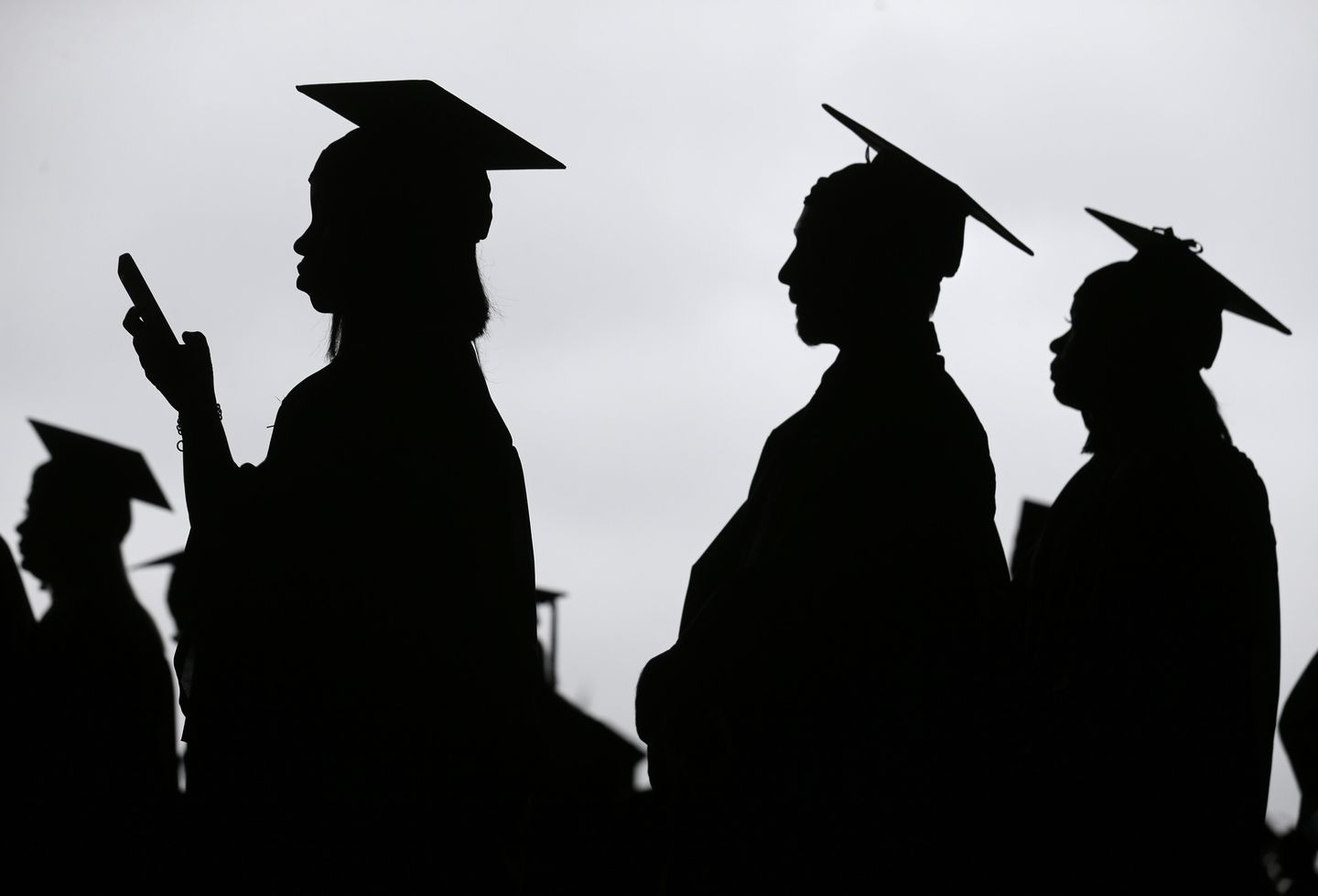
Recent federal and state laws are pressuring colleges to become less expensive by slashing underperforming humanities programs.
The One Big Beautiful Bill Act that President Trump signed Friday includes an accountability provision ending federal student loans for degree programs whose alumni don’t earn more than the average high school graduate.
It comes as the Indiana Commission of Higher Education has announced plans to eliminate or consolidate 400 programs, or one-fifth of degrees, to comply with a law setting minimum numbers of graduates. Targeted degrees include social work, fine arts, religious studies, Africana studies and gender studies.
“They have to find efficiencies where they can and make cuts,” said Tom Harnisch, vice president for government relations at the State Higher Education Executive Officers Association, which represents state agencies overseeing public colleges.
Hundreds of colleges have closed, merged or purged liberal arts degrees in recent years to offset declining revenue, rising costs and low enrollment. At the same time, technology and trade school programs have boomed as more teenagers question the value of degrees linked to low-paying careers.
Trump administration officials have encouraged the pruning of unprofitable programs, which they see as an unsustainable drain on taxpayer resources and a key driver of rising tuition costs.
“If these higher education institutions were serious about lowering costs, they would cut the bloated salaries of their faculty and stop wasting money on useless programs that do little to advance education,” Harrison Fields, a White House spokesman, said in an email.
Some academic insiders have pushed back on the policies. They say it’s no coincidence that professors in most of the threatened programs teach LGBTQ and diversity, equity and inclusion lessons that conservatives have tried to ban from campuses.
“They are attacks on a sector of American society that the administration and its allies view as an enemy,” said Timothy Cain, a University of Georgia professor of higher education. “For decades, well-funded campaigns have worked hard to create the false narrative that higher education is overrun with liberals who indoctrinate students, setting up the current wave of threats and actions.”
Limiting loans
The One Big Beautiful Bill Act also caps some undergraduate federal student loans and eliminates a graduate student loan program.
In a Thursday social media post, Education Secretary Linda McMahon said these limits on federal student loan borrowing would “help curb rising tuition costs.”
According to the National Association of Independent Colleges and Universities, a network of private schools, the caps could also limit opportunities for low-income students who can’t qualify for private loans.
“Without federal loans, lower-income students will not have the same opportunity to pursue graduate education,” said Pete Boyle, an association spokesman. “Continued access to graduate education is important to fill the gaps for teachers, nurses, doctors, and other health care and helping professionals our country greatly needs.”
Dick Startz, a professor of economics at the University of California, Santa Barbara, said it’s unclear how much of the administration’s accountability push goes beyond “political theater.”
“It’s a perfectly reasonable point that subsidizing college for people to get terrible jobs is probably not a good idea,” Mr. Startz said. “At the same time, they’ve been openly going after higher education funding for political reasons.”
Cutting funds
The American Council of Trustees and Alumni, a liberal arts advocacy group, pointed to the end of COVID stimulus funding and proposed Trump administration cuts to higher education research grants as other factors pushing colleges to end humanities programs.
“Some wealthy institutions will be able to absorb these losses, but for the majority of schools, that will not be an option,” said Kyle Beltramini, a senior research fellow at the council.
Other states making substantial cuts to higher education funding this summer include Minnesota, Maryland, Utah and North Carolina.
“It comes as the result of demographic pressure, the foolish overexpansion of colleges and universities in the last 15 years, wasteful spending on DEI, loss of public confidence in the value and utility of college degrees, the rise of AI, and the availability of alternative credentials,” said Peter Wood, president of the conservative National Association of Scholars and a former associate provost at Boston University.
According to CollegeBoard, which does not adjust its numbers for inflation, the average tuition for in-state students at a four-year public university rose 2.7% from $11,310 in the 2023-24 school year to $11,610 in 2024-25. For out-of-state students, it grew 3.2% from $29,840 to $30,780 over the same period.
By comparison, the average private college charged $43,350 per year for tuition in 2024-25, up 3.9% from the previous year.
Some analysts said that subsidizing philosophers and poets at these rates has become a luxury with the national debt hitting $36.2 trillion, U.S. birth rates falling to new lows, and baby boomers retiring from the workforce.
“There is a growing shortage of skilled workers in increasingly well-paying trades such as electricians, construction workers, mechanics, welders, plumbers, etc.,” said Michael Warder, a California-based nonprofit consultant and former vice chancellor of private Pepperdine University.
Jack Salmon, an economist at George Mason University’s free-market Mercatus Center, said dozens of universities “are so awash with funds that they’re offering free tuition to most students” after years of tax breaks and government subsidies.
“The long-term uptick in government financial support has not been met with improvements in affordability,” Mr. Salmon said. “On the contrary, average tuition and fees for full-time college students have been on an upward trajectory in tandem with government financial support.”
